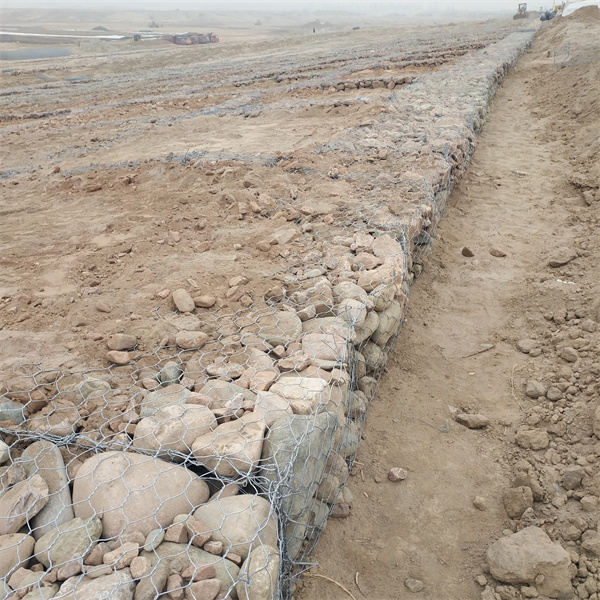Сер . 14, 2024 12:51 Back to list
Exploring the Benefits and Uses of China Round Gabion in Landscape and Structural Applications
Understanding China Round Gabions A Sustainable Solution for Modern Infrastructure
As global populations continue to swell and urban landscapes evolve, the need for sustainable infrastructure solutions has never been more crucial. One such solution that has gained prominence in recent years is the use of gabions, particularly in the context of China’s infrastructure development. Gabions, which are wire mesh containers filled with stones or other materials, offer a versatile and eco-friendly approach to various engineering challenges. Among them, round gabions have emerged as an innovative concept, particularly suited for landscape architecture and erosion control.
What Are Gabions?
Gabions have been used for centuries, primarily in civil engineering and landscape architecture. Traditionally, they are rectangular structures filled with rock or rubble, designed to absorb shock, prevent erosion, and protect against flooding. The use of wire mesh allows for flexibility and adaptability, making gabions suitable for various terrains and conditions. However, the round variation introduces unique benefits that enhance their functionality and aesthetic appeal.
The Advantages of Round Gabions
1. Aesthetic Appeal One of the primary reasons round gabions have gained traction in design and landscaping is their visual appeal. Their organic shape allows for creativity in design, making them suitable for parks, gardens, and urban landscapes. They can blend seamlessly with natural surroundings, promoting a more cohesive environmental design.
2. Enhanced Stability The circular design of round gabions provides improved structural integrity. The shape allows for even distribution of force and pressure, making them particularly effective in high-stress environments like riverbanks or steep slopes. This stability helps prevent landslides and erosion while maintaining the integrity of the surrounding ecosystem.
china round gabion

3. Sustainable Construction As sustainability becomes a key consideration in construction and landscaping, round gabions present an eco-friendly option. They can be filled with locally sourced materials, reducing the carbon footprint associated with transport. Additionally, their use promotes natural drainage, allowing for better water management and reducing stormwater runoff.
4. Versatile Applications Round gabions can serve various functions, including retaining walls, decorative elements, or acoustic barriers. Their versatility makes them suitable for a wide range of settings, from urban developments to rural projects. In China, they have been effectively utilized in urban parks, along highways, and in flood control projects, serving both functional and aesthetic purposes.
Applications in China
China, with its rapid urbanization and significant infrastructure projects, has embraced round gabions as a practical solution for many challenges. They are particularly valuable in regions prone to flooding or erosion, providing a natural means of protection while incorporating beautiful landscapes into urban planning. The use of gabions in China aligns with the country's broader goals of sustainable development, showcasing innovative construction techniques that not only address immediate needs but also contribute to long-term environmental goals.
Conclusion
As we look to the future of urban development and environmental conservation, round gabions represent a promising solution. Their unique design, combined with their structural and aesthetic benefits, makes them an ideal choice for modern infrastructure projects in China and beyond. By integrating sustainable practices into construction and landscaping, we can create spaces that are not only functional but also harmonious with the environment. The adoption of round gabions is a step forward in building resilient communities that respect nature while enhancing human habitation.
-
The Role of Galvanized Gabion Mesh in Riverbank Protection
NewsJun.26,2025
-
The Role of Gabion Basket Raised Bed in Sustainable Gardening
NewsJun.26,2025
-
Quality Assurance of Wire Mesh Gabion Baskets
NewsJun.26,2025
-
Installation Guide for Welded Gabion Box
NewsJun.26,2025
-
How to Choose the Right Gabion Box
NewsJun.26,2025
-
Different Types of Gabion Wire Mesh
NewsJun.26,2025
-
Why PVC Coated Gabion Mattress Is the Best Solution for Long-Term Erosion Control
NewsMay.23,2025






